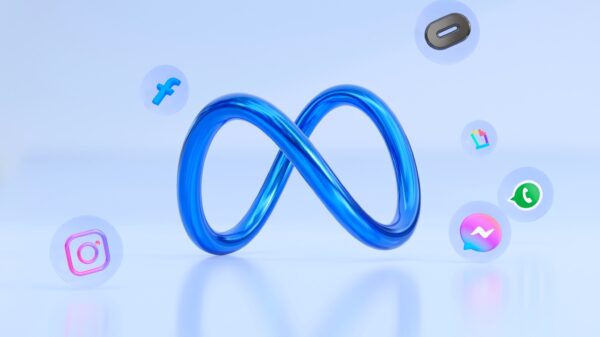You're reading it here first: 91 days. That's how long Netflix kept video bitrates suppressed in India after the Cellular Operators Association of India and the government's telecom secretary asked it to do so. You may or may not have noticed a dip in quality, as video resolutions stayed the same, but Netflix reduced the amount of data it uses per stream by 25%, on an average. On Monday, these bitrates seemed to be returning to normal across at least ACT Broadband and Reliance Jio, and perhaps for all internet users in India. 1080p video without HDR, which was mostly capped at around 4Mbps, is now streaming at the same bitrate as it does in the US. We have reached out to Netflix to confirm that bitrates are indeed going back to normal across the country. YouTube, for its part, remains locked to 480p on mobile devices, even on WiFi connections. It is unclear if Amazon Prime Video has restored its bitrates to normal too. We have reached out to them for comment. It is unclear if Netflix or any streaming service ever really needed to suppress bitrates in the country. The COVID-19 lockdown traffic spike, which telcos braced for, turned out to be a whimper, with only a 15% spike in traffic. That increase barely registers in a country where wireless internet traffic has been doubling every year. Fixed broadband providers also didn't really ask Netflix to tighten its belt in India. A few examples: Excitel wasn't told that streaming…





























